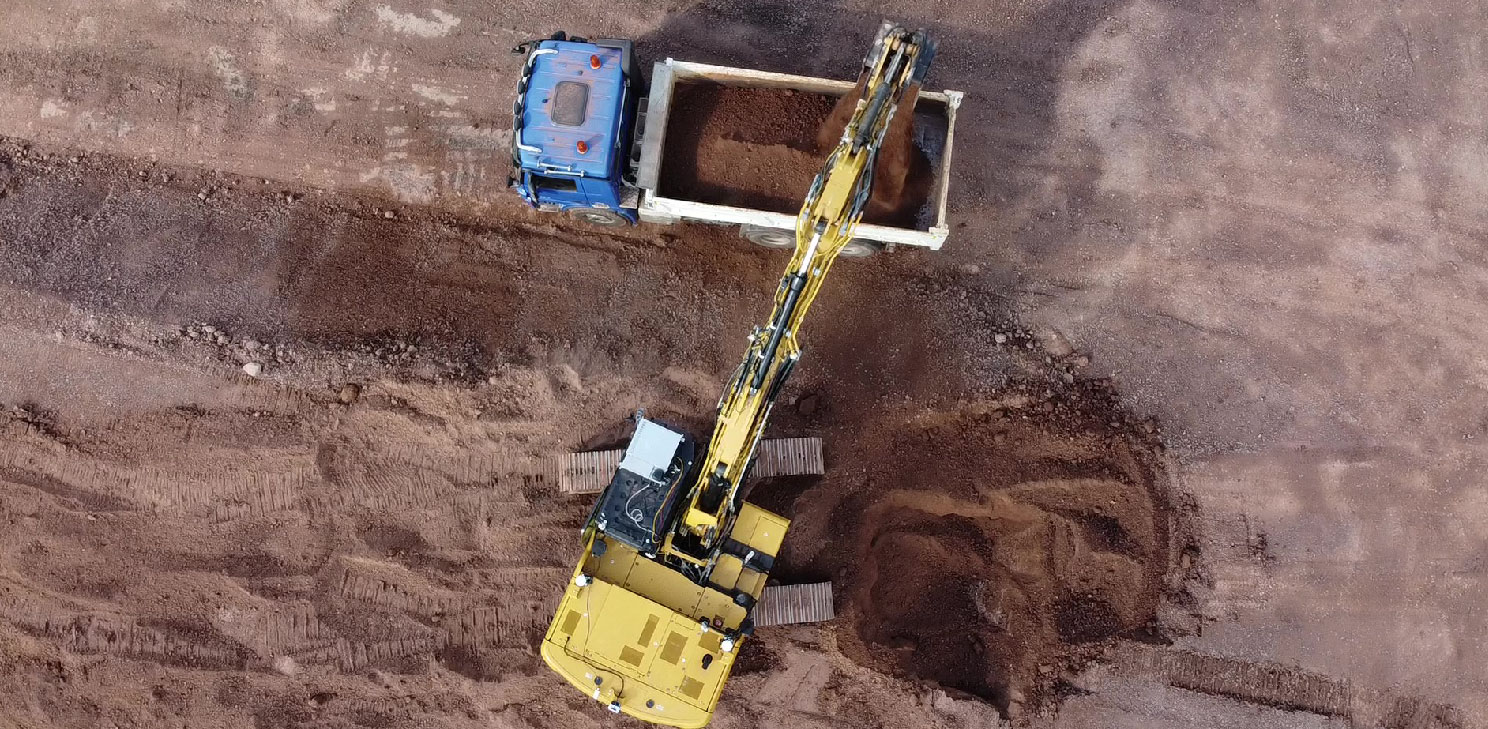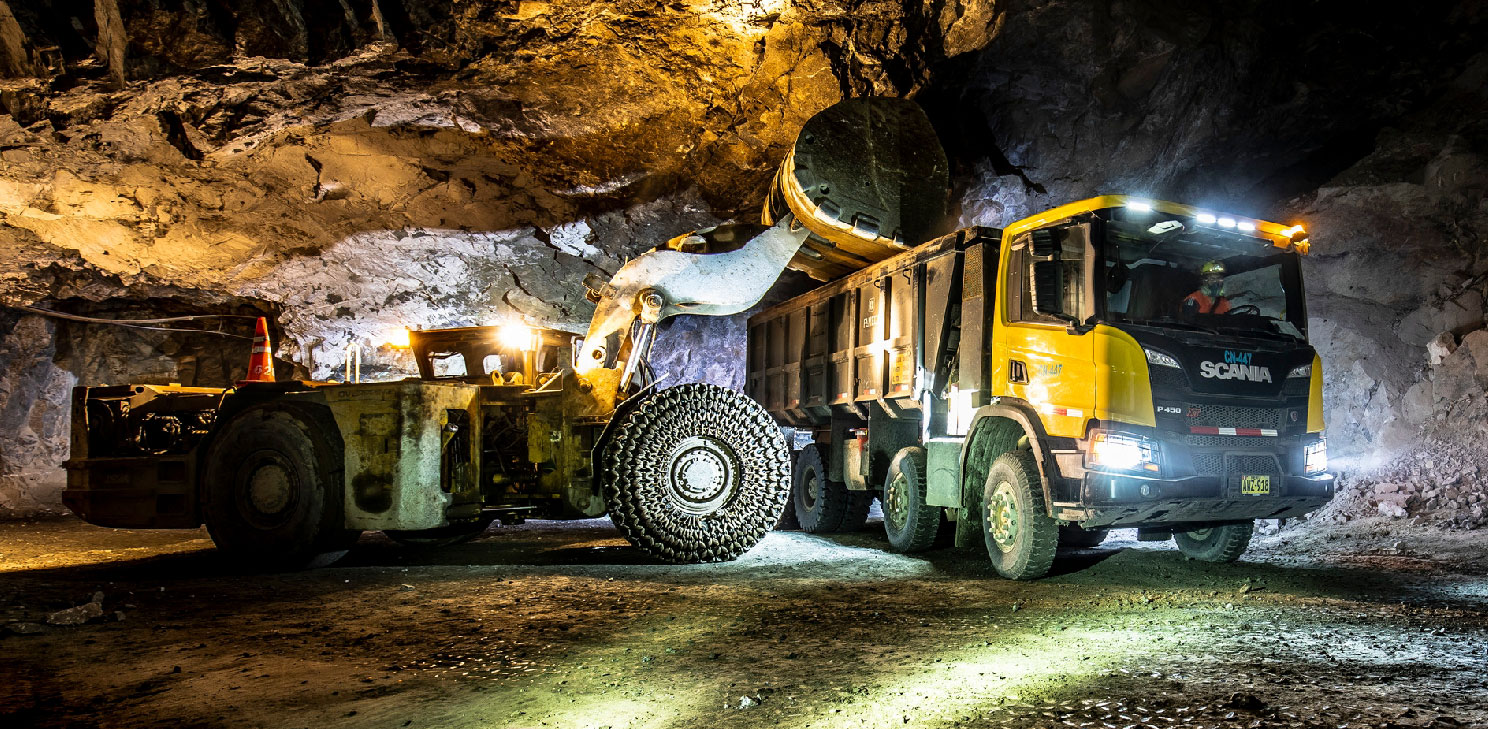The EU GMP Annex 1 guideline for the manufacture of sterile medicinal products was first published in 1971, going through several adaptations over the decades but with the first official revision process starting in 2012. The new revised version published in 2022 came into effect on August 25 2023, with the final sections coming into effect last month. The goal of the revision was to achieve a more unified version of the guidelines and react to new changes in manufacturing environments, reflected with the strong focus of contamination risk management.
The new Annex 1 was extended from 16 to 51 pages (excluding the glossary), includes multiple new and extended topics and has a focus on contamination risk management and quality risk management.
The key changes in the new Annex 1 guidelines are:
Quality Risk Management (QRM):
Greater emphasis on QRM as an integral part of ensuring sterility.
Risk management principles must be applied throughout the lifecycle of sterile manufacturing.
Contamination Control Strategy (CCS):
A new requirement for a formal, holistic CCS covering the entire manufacturing process.
CCS must be documented and continuously reviewed.
Environmental Monitoring (EM):
Expansion of environmental monitoring requirements for aseptic processing.
More specific guidance on air and surface monitoring to detect microbial contamination.
Cleanroom Classification:
Updated guidance on cleanroom design and operation, including revised airflow and pressure differential standards.
More stringent requirements for classification and qualification of cleanroom environments.
Aseptic Process Simulations (APS) / Media Fills:
Detailed guidance on the frequency and execution of APS/media fills.
Focus on the need to simulate worst-case conditions for aseptic processes.
Barrier Systems (RABS and Isolators):
Enhanced guidance on the use of Restricted Access Barrier Systems (RABS) and isolators for aseptic processing.
Recommendations for the use of barrier technology to reduce human intervention and contamination risks.
Personnel Qualification:
Stricter requirements for the qualification, training, and gowning of personnel in clean areas.
Clear guidelines on gowning qualification and requalification.
Disinfection and Sanitization:
Clearer requirements on the validation of cleaning, disinfection, and sanitization procedures.
Regular rotation of disinfectants and detailed guidance on spore control.
Visual Inspection:
Enhanced requirements for the visual inspection of sterile products for particulate contamination.
Process Validation:
More detailed guidance on process validation, including sterilization processes.
Specific focus on the validation of lyophilization, sterilization, and filtration processes.
Data Integrity:
Stronger emphasis on data integrity for documentation and monitoring systems.
Electronic systems for data management and control must comply with regulatory expectations.
Utilities and HVAC Systems:
Detailed requirements for utilities such as water systems and HVAC systems to ensure control over potential contamination risks.
Single-Use Systems (SUS):
Clarification on the use and validation of single-use systems in sterile manufacturing.
Annex 1 Harmonization with Global Standards:
Alignment with other international regulations such as the FDA and ICH guidelines for sterile product manufacturing.
To learn how to make your facility Annex 1 compliant, join solution providers and esteemed speakers from across the industry at the Innovatrix ‘3rd Aseptic BioPharma Processing Summit’ in Vienna, Austria, on October 29–30, 2024.
For more information, visit our website or email us at info@innovatrix.eu for the event agenda.













